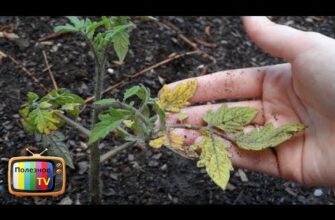- Гибрид, который ускорит всходы огурцов
- Уникальный гибрид с высокой эффективностью
- Получите всходы огурцов уже через три дня
- Проверенный способ получения ранних всходов
- Преимущества ускорения всходов огурцов
- Гарантированный результат через три дня
- Лучший гибрид для производителей
- Гибрид, приносящий ранний урожай
- Инновационный гибрид для садоводов
- Секрет успешного выращивания огурцов
- Повышение эффективности в сельском хозяйстве
- Технология получения ранних всходов
- Гибрид, который даст быстрый старт огурцам
- Вопрос-ответ:
- Какой гибрид огурцов можно использовать, чтобы получить всходы уже через три дня?
- Каким образом «Ускоритель 3000» достигает таких быстрых всходов?
- Какие еще преимущества есть у гибрида «Ускоритель 3000», кроме быстрых всходов?
- Сколько всходов можно ожидать от гибрида «Ускоритель 3000»?
- Каковы условия выращивания для гибрида «Ускоритель 3000»?
- Видео:
- Как вырастить рассаду огурцов за 3 дня.Как посеять огурцы.100% результат при t не ниже +25./1часть/

Огурцы — одна из самых популярных и полезных овощей, которые можно выращивать на своем участке. Но часто приходится ждать долго, пока они прорастут и выйдут на свет. Но существует способ ускорить этот процесс и получить всходы уже через три дня. Для этого нужно использовать особый гибрид, который обладает высокой способностью к быстрому всходу.
Посадите этот гибрид огурцов и уже через три дня вы увидите первые всходы. Это очень удобно, особенно если у вас ограничено время или вы хотите получить свежие огурцы как можно скорее. Гибрид обладает отличными вкусовыми качествами и обильным плодоношением, что делает его идеальным выбором для любого садовода.
Не упустите возможность получить свежие и сочные огурцы всего через три дня. Попробуйте этот проверенный способ выращивания и убедитесь сами в его эффективности. Ваш сад будет радовать вас ранними всходами и обильным урожаем огурцов, которые можно использовать в приготовлении различных блюд и консервации.
Гибрид, который ускорит всходы огурцов
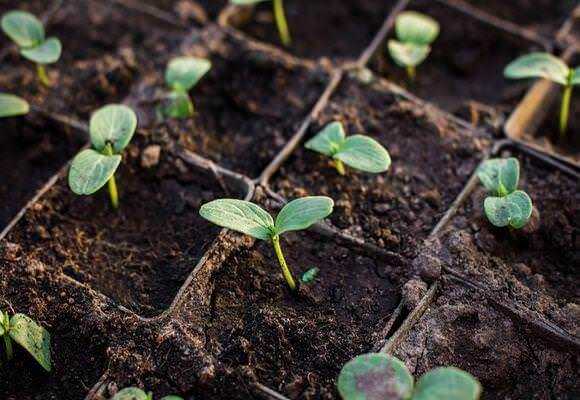
Если вы хотите получить всходы огурцов уже через три дня, то рекомендуется использовать специальный гибрид.
Посадите его в землю и ожидайте быстрого результата.
Данный гибрид прошел проверку и доказал свою эффективность.
Всходы огурцов появятся очень быстро, что позволит вам начать собирать урожай уже через несколько дней.
Уникальный гибрид с высокой эффективностью
Если вы хотите получить быстрые и крепкие всходы огурцов, то посадите уникальный гибрид, который обеспечит вам результат уже через три дня.
Этот гибрид отличается высокой эффективностью, благодаря которой всходы огурцов появляются в кратчайшие сроки. Вы сможете наблюдать первые проростки уже на третий день после посадки.
Огурцы, выращенные из этого гибрида, обладают отличным вкусом и являются плодовитыми. Вы сможете получить обильный урожай с насыщенным ароматом и сочной мякотью.
Попробуйте посадить этот уникальный гибрид, чтобы получить всходы огурцов уже через три дня. Вам понравится его эффективность и результат, который он обеспечивает.
Получите всходы огурцов уже через три дня
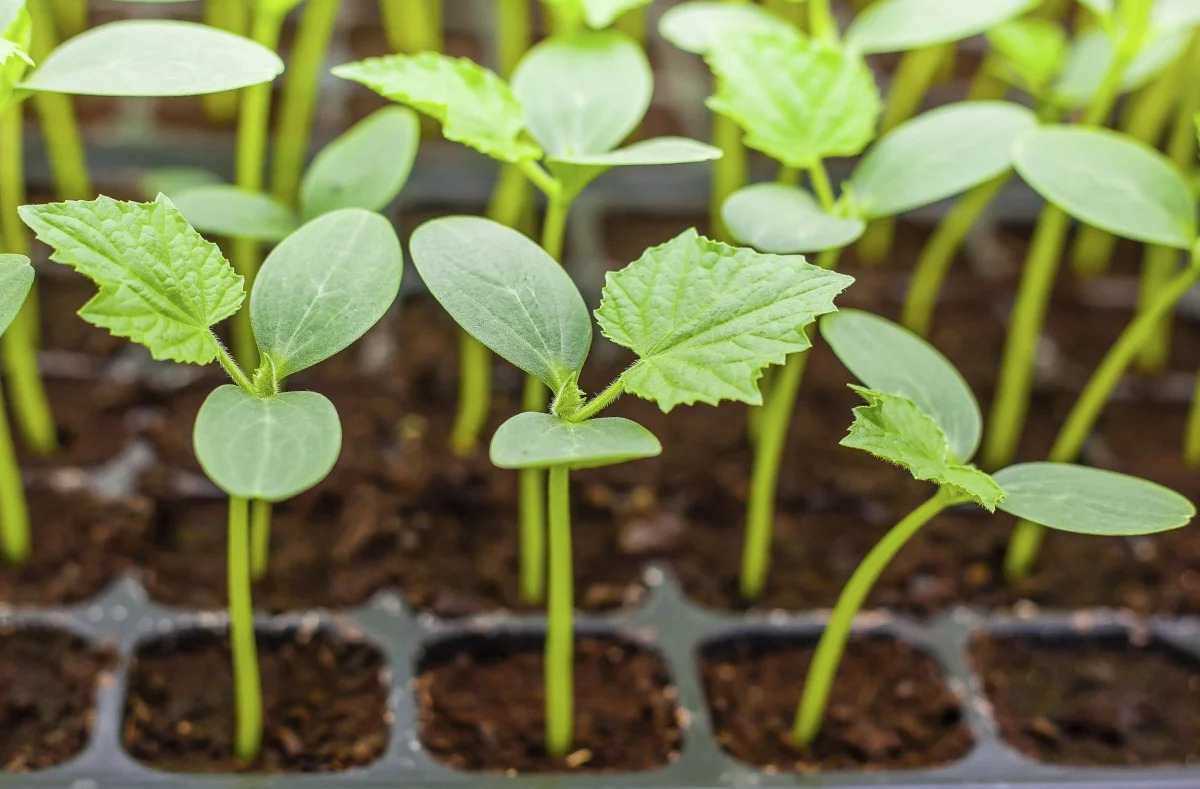
Если вы хотите получить всходы огурцов в кратчайшие сроки, то рекомендуется использовать специальный гибрид, который позволяет получить первые ростки уже через три дня после посадки.
Этот гибрид огурцов обладает быстрым сроком всходов благодаря своей уникальной генетике. Он разработан специально для того, чтобы вы смогли получить свежие огурцы в кратчайшие сроки.
Для того чтобы посадить данный гибрид огурцов, необходимо подготовить плодородную почву и залить ее достаточным количеством воды. Затем семена гибрида следует поместить на глубину около 1-2 сантиметров и умеренно полить землю.
Уже через три дня после посадки вы сможете увидеть первые всходы огурцов. Это позволит вам получить свежие огурцы собственного производства уже в ближайшее время.
Проверенный способ получения ранних всходов
Одним из способов получить ранние всходы огурцов всего через три дня является использование специального гибрида. Этот сорт был специально разработан для создания условий, при которых огурцы быстро прорастают и выходят на поверхность.
Гибрид, который обеспечивает быстрый всход огурцов, прошел множество испытаний и проверок, что гарантирует его эффективность. Он содержит определенные генетические особенности, благодаря которым огурцы начинают расти уже на третий день после посева.
Как использовать этот гибрид?
Для получения ранних всходов огурцов с помощью данного гибрида, необходимо следовать инструкции по посеву. Важно создать оптимальные условия для всхожести: подготовить плодородный грунт, удобрить его специальными препаратами, обеспечить достаточное количество света и тепла.
Также рекомендуется проращивать семена огурцов перед посевом, чтобы активизировать процесс всхожести. Для этого можно использовать различные методы, такие как замачивание семян в воде или обработка специальными стимуляторами роста.
Получение ранних всходов огурцов является важным этапом в выращивании данного овоща. С помощью проверенного гибрида и правильной технологии посева, вы сможете получить зеленые всходы уже через три дня после посева.
Преимущества ускорения всходов огурцов
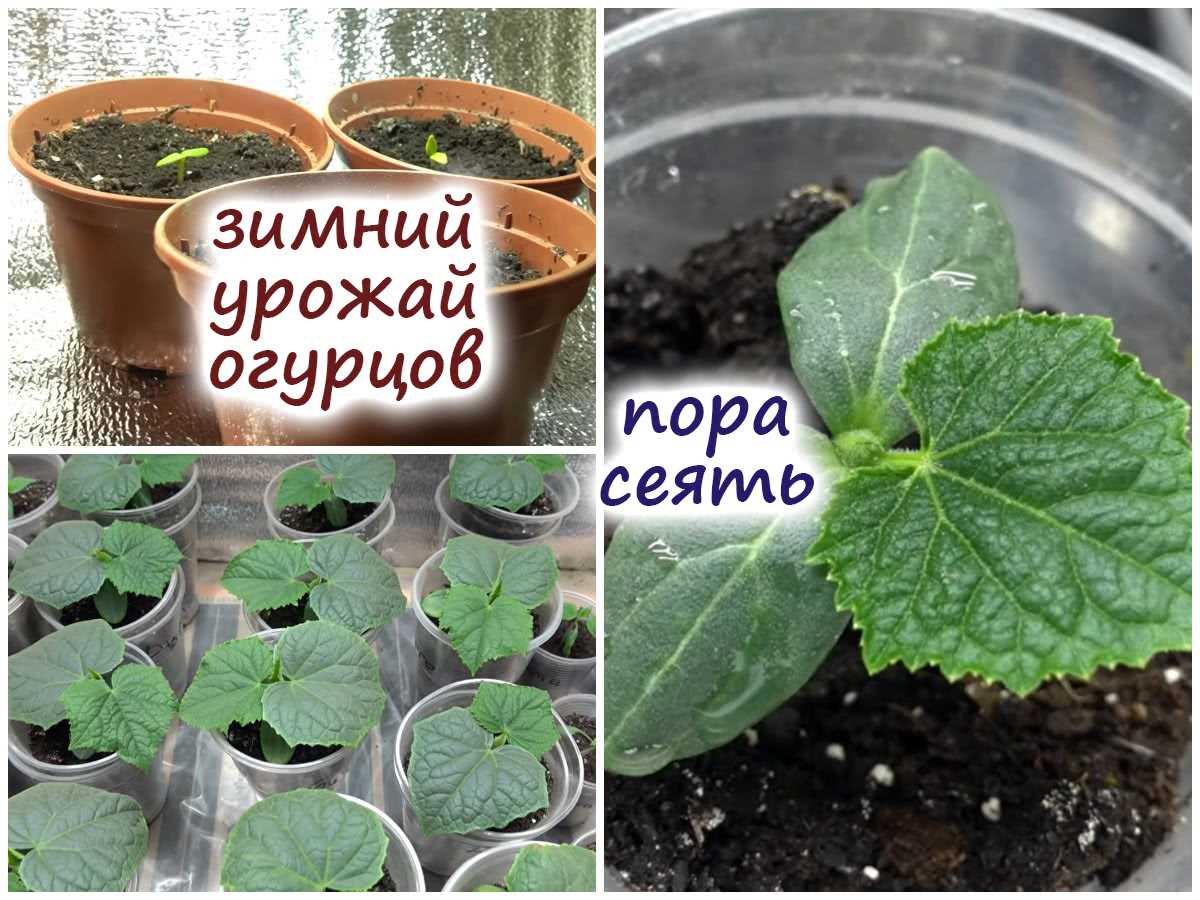
Ускорение всходов огурцов — это важный фактор в сельском хозяйстве, который может принести значительные преимущества. Гибриды, которые дают всходы уже через три дня, становятся все более популярными среди садоводов и фермеров.
1. Увеличение урожайности: Быстрое появление всходов позволяет сократить время от посева до уборки урожая. Это позволяет выращивать больше огурцов за сезон и получать больше продукции на единицу площади.
2. Экономия времени и ресурсов: Ускорение всходов позволяет сэкономить время и ресурсы, такие как вода и удобрения. Быстрое развитие растений огурцов позволяет им получать необходимые питательные вещества раньше, что ведет к более эффективному использованию ресурсов.
3. Защита от вредителей и болезней: Быстрое появление всходов огурцов позволяет им установиться и развиться до того момента, когда вредители и болезни могут нанести им вред. Это позволяет снизить риск потери урожая и обеспечить более здоровые и крепкие растения.
4. Улучшение качества продукции: Более раннее появление всходов огурцов позволяет им получить больше света и тепла, что способствует их быстрому росту и развитию. Это влияет на качество плодов, делая их более сочными, сладкими и вкусными.
5. Расширение рынков сбыта: Быстрое получение всходов огурцов позволяет выращивать их вне сезона и предлагать свежие овощи на рынке в том периоде, когда другие сорта еще только начинают показывать свои первые всходы. Это открывает новые возможности для фермеров и позволяет удовлетворить спрос потребителей в любое время года.
Таким образом, ускорение всходов огурцов имеет множество преимуществ, которые способствуют повышению урожайности, сокращению затрат и улучшению качества продукции. Это делает гибриды, которые дают всходы уже через три дня, важными инструментами для садоводов и фермеров.
Гарантированный результат через три дня
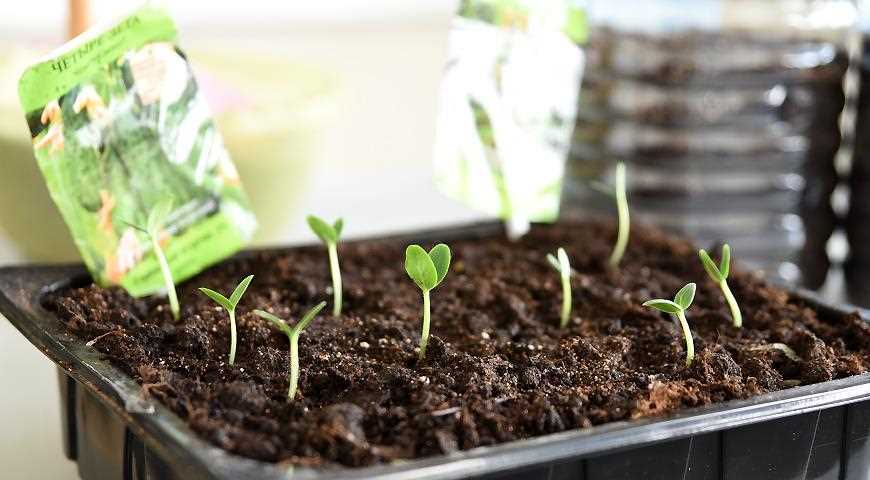
Посадите семена гибридного огурца, и уже через три дня вы будете удивлены всходами на вашем участке. Этот гибрид обладает особыми свойствами, которые позволяют ему быстро прорастать и развиваться.
Благодаря особой комбинации генетических характеристик, гибридный огурец позволяет получить замечательные всходы всего за три дня. Вы сможете увидеть, как маленькие ростки прорастают и стремительно растут, давая первые зеленые листочки.
Ваш урожай гибридных огурцов будет гарантированно готов к сбору через несколько недель. Это отличный результат, который поможет вам получить больше удовольствия от садоводства.
Не забудьте соблюдать правила посадки и ухода за огурцами, чтобы добиться наилучшего результата. Следуйте рекомендациям производителя по поливу, подкормкам и защите от вредителей. Также помните, что гибридные огурцы особенно чувствительны к перепадам температур, поэтому старайтесь создать оптимальный микроклимат для их выращивания.
Лучший гибрид для производителей
На рынке существует множество гибридов огурцов, но не все из них обладают высокой урожайностью и быстрым всходом. Однако, существует один гибрид, который заслуживает особого внимания производителей — это гибрид, который дает всходы огурцов уже через три дня.
Уникальность данного гибрида заключается в его быстром развитии и росте. Благодаря особому генетическому материалу, этот гибрид способен прорастать и показывать первые всходы всего через несколько дней после посева.
Это особенно важно для производителей, которым необходимо быстро получить первые всходы для дальнейшего выращивания огурцов. Не нужно больше ждать неделю или даже две, чтобы увидеть первые ростки. С данным гибридом можно начинать сажать огурцы всего через три дня.
Так стоп!!! Вы всё ещё не подписаны на наши каналы в Телеграмм и Дзен? Посмотрите: ТГ - (@historyfantasydetectivechat) и Дзен (https://dzen.ru/myshortsstorys)
Кроме того, этот гибрид обладает высокой урожайностью и отличными вкусовыми качествами. Огурцы, выращенные из этого гибрида, имеют сочную мякоть, нежную кожицу и отличный вкус. Это делает данный гибрид очень привлекательным для покупателей и позволяет производителям получать хорошую прибыль.
Чтобы достичь наилучших результатов с данным гибридом, рекомендуется соблюдать определенные условия выращивания. Необходимо обеспечить огурцам достаточное количество света, влаги и питательных веществ. Также важно регулярно удалять побеги и проводить подкормку растений.
Итак, если вы являетесь производителем огурцов и хотите получить высокую урожайность и быстрый всход, обратите внимание на данный гибрид. Он позволит вам получить первые всходы огурцов уже через три дня и обеспечит отличный урожай с вкусными огурцами.
Гибрид, приносящий ранний урожай
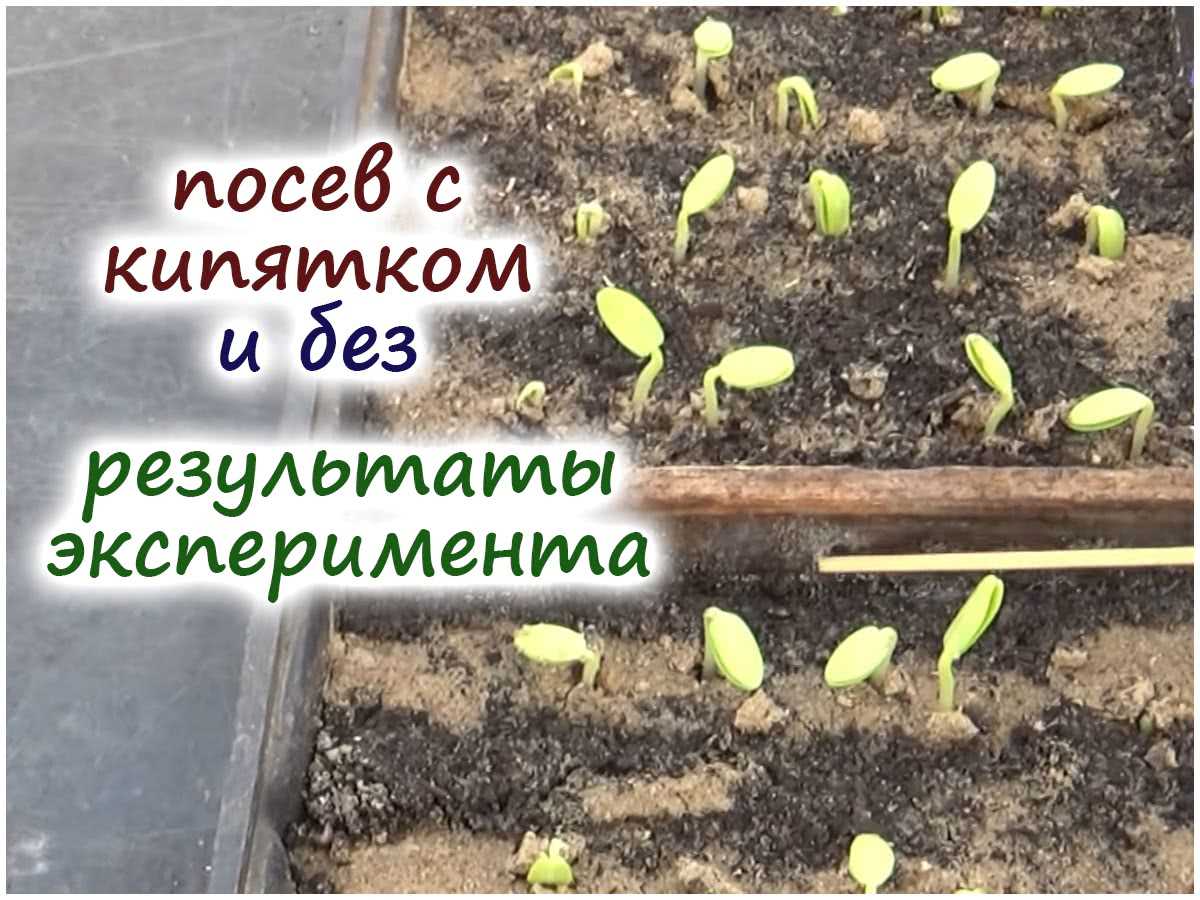
Если вы хотите получить огурцы на своем участке уже через три дня после посадки, то стоит обратить внимание на особый гибрид. Этот гибрид отличается высокой скоростью всходов и быстрым развитием растений.
Пара советов, как добиться успешной посадки и быстрого всхода огурцов:
- Выберите подходящую погоду для посадки. Огурцы лучше всего растут при температуре около +25 градусов и выше. Если погода прохладная, рекомендуется использовать парник или теплицу.
- Подготовьте почву. Огурцы любят плодородные и хорошо дренированные почвы. Перед посадкой рекомендуется вносить органические удобрения и прополоть почву от сорняков.
- Следуйте рекомендациям по глубине посадки. Глубина посадки огурцов может варьироваться в зависимости от сорта. Однако, в среднем, огурцы сажают на глубину около 2-3 сантиметров.
Выбрав подходящий гибрид и следуя советам, вы сможете получить ранний урожай огурцов всего через три дня после посадки. Важно помнить, что для успешного выращивания огурцов также необходимо регулярно поливать растения, удалять сорняки и обрабатывать от вредителей.
Инновационный гибрид для садоводов

Если вы хотите получить ранние всходы огурцов всего через три дня после посадки, то вам обязательно стоит попробовать инновационный гибрид. Этот гибрид разработан специально для садоводов, которые ценят быстрый и высокий урожай.
Для того чтобы получить всходы огурцов уже через три дня, достаточно посадить семена этого гибрида в подготовленный грунт. За такой короткий срок вы увидите первые зеленые росточки, которые в скором времени превратятся в здоровые и крепкие растения.
Главной особенностью этого гибрида является его способность быстро прорастать и развиваться. Он обладает высокими показателями по всходам и быстрому росту, что позволяет садоводам получить ранний урожай огурцов уже через три дня после посадки.
Инновационный гибрид для садоводов — это отличное решение для тех, кто стремится получить ранний и обильный урожай огурцов. Попробуйте этот гибрид и убедитесь сами в его эффективности и надежности! Вам понравится результат, и вы сможете наслаждаться свежими огурцами уже в ближайшее время.
Секрет успешного выращивания огурцов
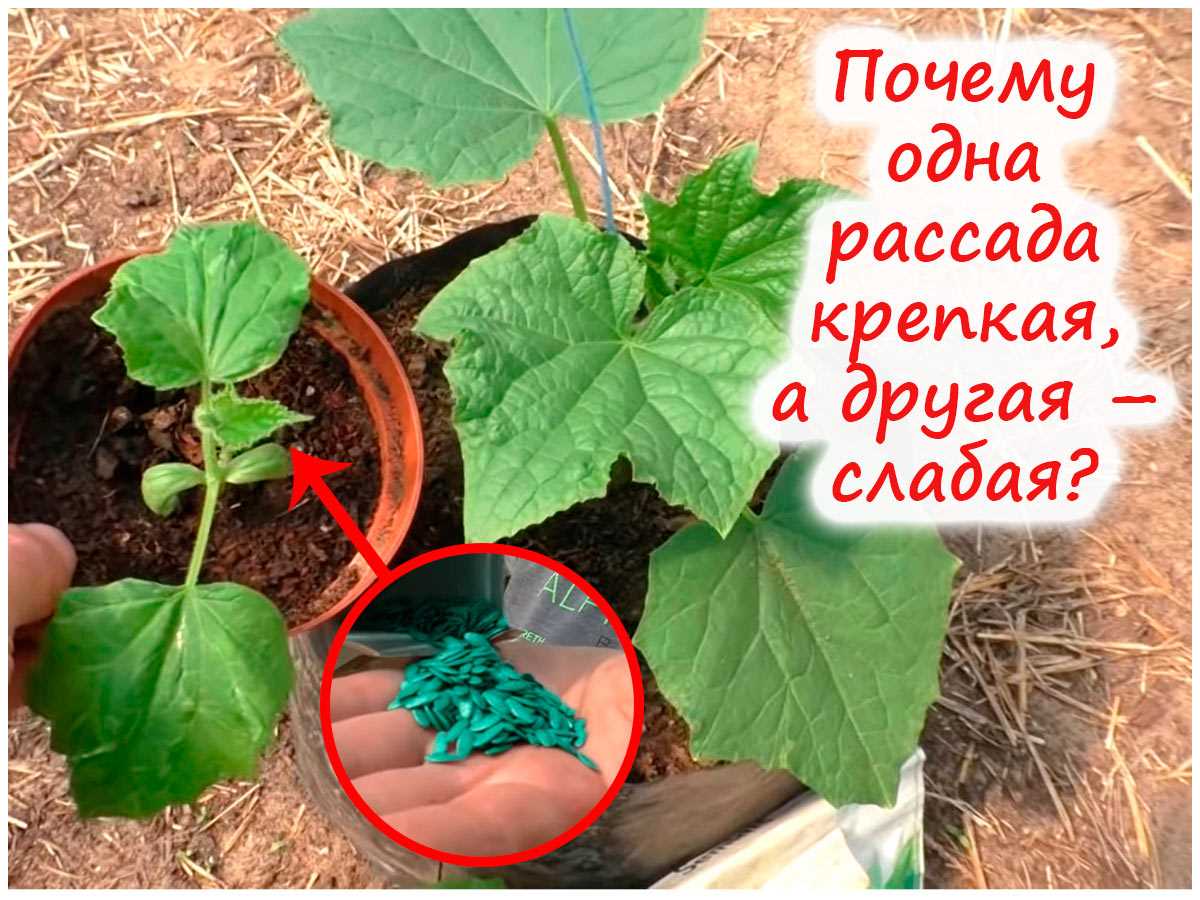
Гибрид – ключевой фактор в успешном выращивании огурцов. Выбирайте сорт, который имеет высокую степень адаптации к условиям вашего региона. Это поможет обеспечить оптимальный рост и развитие растений.
Если вы хотите получить всходы огурцов уже через несколько дней, следует правильно организовать посадку. Предварительно обработайте семена специальным раствором для ускорения прорастания. Также рекомендуется использовать теплый грунт и контролировать температуру в помещении.
Для посадки огурцов выбирайте открытые и хорошо освещенные участки. Огурцы любят солнце и не переносят затенение. Земля должна быть рыхлой, удобренной и иметь хорошую влагоудерживающую способность. Расстояние между растениями должно быть достаточным для нормального развития корневой системы.
Регулярный полив – гарантия хорошего роста и развития огурцов. Важно не пересушивать почву, но и не допускать ее переувлажнения. Частый полив поможет предотвратить появление засыхания и деформации плодов. Используйте удобные способы полива, такие как капельный или подкорневой полив.
Повышение эффективности в сельском хозяйстве
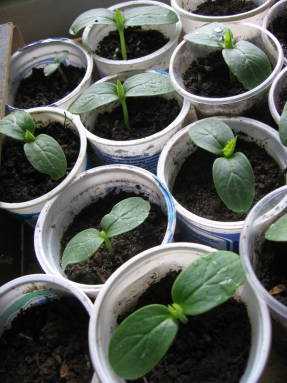
В сельском хозяйстве эффективность играет ключевую роль. Одним из способов повышения эффективности является использование современных гибридных сортов растений.
Гибридные сорта обладают рядом преимуществ перед обычными сортами. Они отличаются высокой устойчивостью к болезням и вредителям, а также имеют улучшенную реакцию на агрономические приемы. Это позволяет получить более высокий урожай при меньшем количестве затрат.
Еще одним способом повышения эффективности является сокращение времени получения первых всходов. Как правило, овощи требуют определенного времени для прорастания и выхода всходов. Однако, существуют определенные гибриды огурцов, посадив которые, можно получить всходы уже через три дня.
Это позволяет ускорить процесс выращивания овощей и сократить общее время от посева до сбора урожая. Такой подход особенно актуален для сельскохозяйственных предприятий, где каждый день имеет значение и каждая неделя может принести значительные убытки или прибыль.
В итоге, использование гибридных сортов овощей с быстрым всходом позволяет сельским хозяйствам повысить свою эффективность, получить больший урожай за меньшее время и снизить риски потерь.
Технология получения ранних всходов
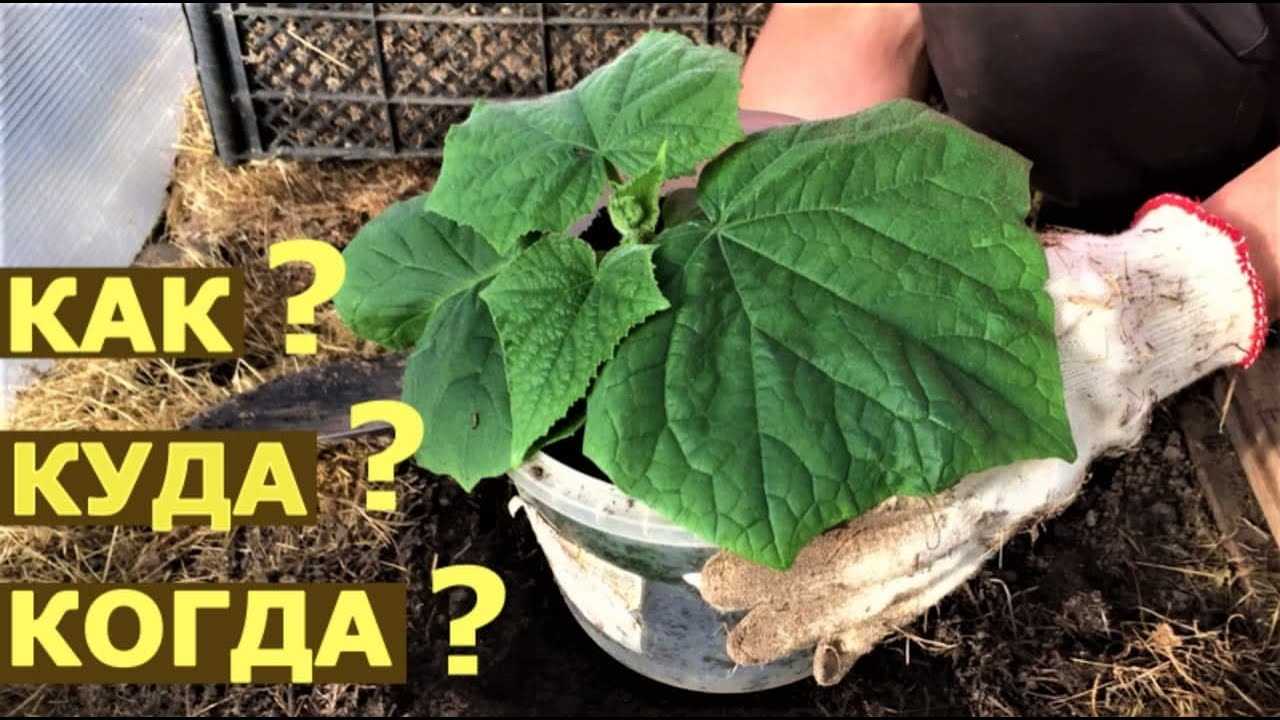
Для получения ранних всходов огурцов, необходимо провести ряд специальных мероприятий.
Посадите семена огурцов на глубину 2-3 см. Глубже посадка может затруднять прорастание семян, а меньшая глубина может вызвать пересыхание.
Через три дня после посадки проверьте появление первых всходов. Если они еще не появились, можно попробовать повысить температуру в помещении или на улице. Это поможет ускорить прорастание семян.
Для улучшения условий прорастания семян можно использовать специальные грунты и субстраты, которые содержат все необходимые питательные вещества для быстрого развития растений. Также рекомендуется регулярно поливать посадки, чтобы сохранять оптимальную влажность.
Следуя этим рекомендациям, вы сможете получить ранние всходы огурцов уже через три дня после посадки семян.
Гибрид, который даст быстрый старт огурцам
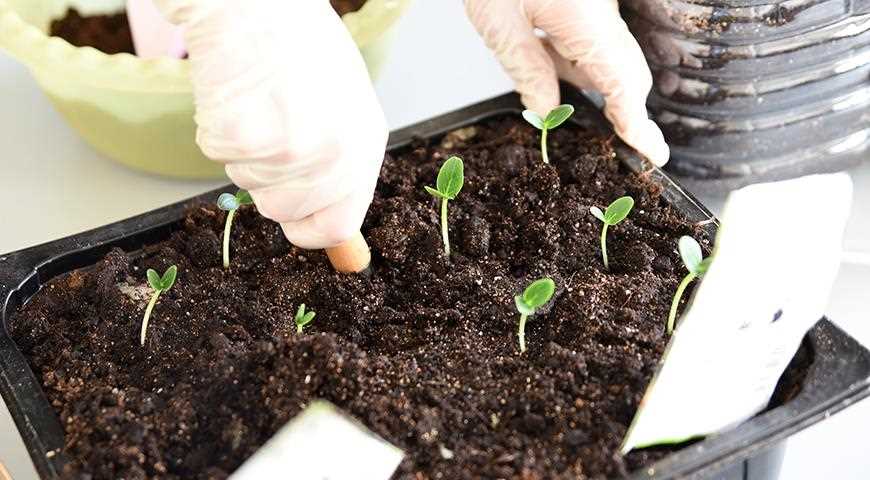
Если вы хотите получить всходы огурцов уже через три дня, то вам стоит обратить внимание на особый гибрид.
Этот гибрид разработан специально для того, чтобы ускорить всхожесть семян огурцов. Он содержит определенные гены, которые способствуют быстрому развитию зародыша и его выходу на поверхность.
Для получения быстрого старта рекомендуется посадить семена этого гибрида в заранее подготовленный грунт. Подготовьте почву, добавив в нее органические и минеральные удобрения.
После посадки семян важно создать оптимальные условия для их прорастания. Держите посадку в тепле и поддерживайте регулярный полив. За три дня у вас уже должны появиться первые всходы, которые будут готовы для дальнейшего ухода.
Важно помнить, что данный гибрид не является магическим решением и не гарантирует 100% всхожесть. Однако, с правильным уходом и созданием оптимальных условий, он поможет вам получить первые всходы огурцов за три дня.
Вопрос-ответ:
Какой гибрид огурцов можно использовать, чтобы получить всходы уже через три дня?
Один из гибридов огурцов, который может дать всходы уже через три дня, это «Ускоритель 3000». Этот гибрид имеет быструю скорость всходов и хорошую устойчивость к болезням.
Каким образом «Ускоритель 3000» достигает таких быстрых всходов?
«Ускоритель 3000» достигает быстрых всходов благодаря оптимальной комбинации генетических материалов. Этот гибрид был специально разработан для быстрого развития растений и активного роста корневой системы. Благодаря этому, всходы огурцов уже появляются через три дня после посева.
Какие еще преимущества есть у гибрида «Ускоритель 3000», кроме быстрых всходов?
Помимо быстрых всходов, гибрид «Ускоритель 3000» имеет такие преимущества, как высокая устойчивость к болезням, хорошая урожайность и отличное качество плодов. Этот гибрид также обладает хорошей адаптивностью к различным климатическим условиям и легко выращивается как в открытом грунте, так и в теплице.
Сколько всходов можно ожидать от гибрида «Ускоритель 3000»?
Гибрид «Ускоритель 3000» обычно дает отличную всхожесть, и вы можете ожидать высокого процента всходов. В среднем, при правильном уходе и оптимальных условиях выращивания, можно ожидать, что 90% и более семян прорастут и дадут всходы.
Каковы условия выращивания для гибрида «Ускоритель 3000»?
Для успешного выращивания гибрида «Ускоритель 3000» необходимо обеспечить растениям достаточное количество света, тепла и влаги. Оптимальная температура для всходов огурцов составляет примерно 25-30 градусов Цельсия. Растения нуждаются в регулярном поливе, но не переувлажнении. Также рекомендуется обеспечить растениям поддержку, используя сетки или шпалеры, чтобы избежать повреждения стеблей и плодов.


